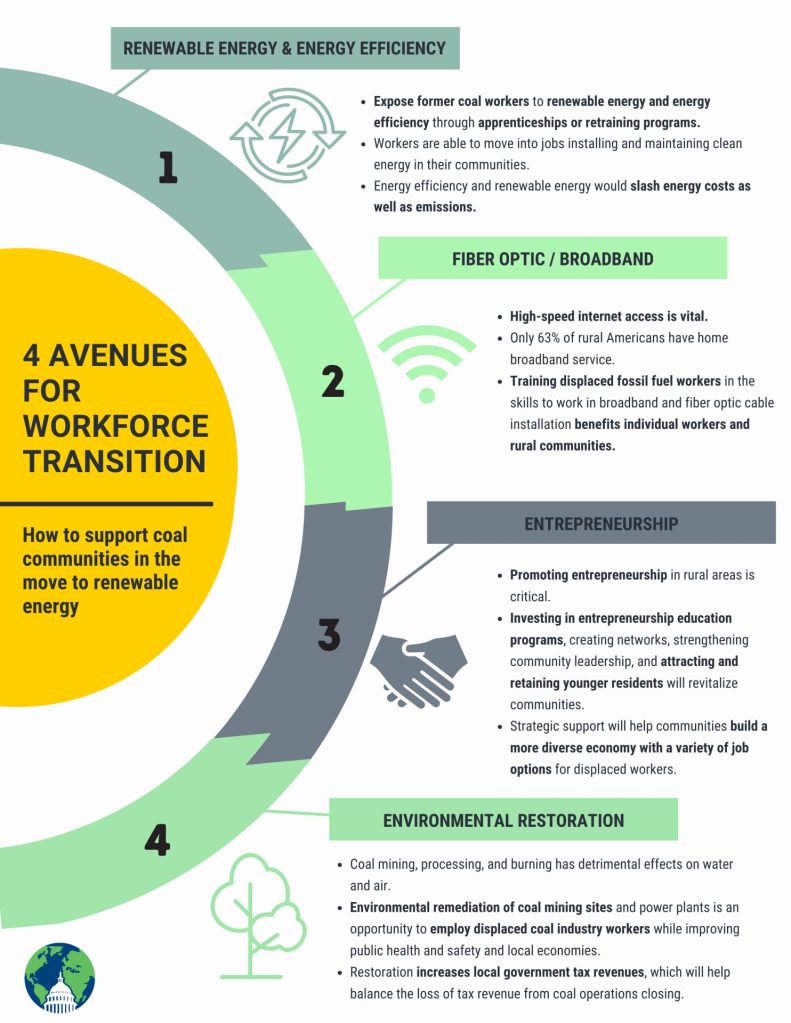
In today’s Electrek Green Energy Brief (EGEB):
- Prime Minister Justin Trudeau has unveiled plans for achieving net-zero in Canada by 2050.
- Boston has announced a “Zero-Emission Vehicle Roadmap” to escalate support for electric vehicles.
- How US coal country can adapt to the green energy transition, according to the EESI.
- UnderstandSolar is a free service that links you to top-rated solar installers in your region for personalized solar estimates. Tesla now offers price matching, so it’s important to shop for the best quotes. Click here to learn more and get your quotes. — *ad.
Net zero in Canada?
Canadian prime minister Justin Trudeau’s Liberal Party introduced a bill yesterday to help the country reach net zero by 2050. The bill requires the Canadian government to create new targets, and a plan on how it will achieve those targets, every five years between 2030-2050. There are no penalties if it fails to miss targets. Canada is part of the Paris Agreement, which also requires countries to report on progress every five years.
Environmental groups welcomed the announcement, but are skeptical about whether it will be effective. Canada, a big oil producer, has not met environmental targets for more than a decade. The bill does not contain targets or specific actions. Trudeau insists Canada will meet its 2030 goals, but there is no data to suggest it’s possible. The BBC explains the problem:
The bill does not provide any kind of enforcement mechanism, or attach any additional spending to achieve its goals. The bill also does not detail how the country will meet its five-year targets, it simply says the government will be required to come up with a plan.
In 2011, then-prime minister Stephen Harper pulled Canada out of the Kyoto Protocol. The country had fallen well behind its targets, and was facing billions in penalties if it remained.
Mr Trudeau ‘s Liberal Party hold a minority in parliament, and the bill would need support from at least one other party in order to become law.
The opposition Conservative Party fears that Trudeau plans to dramatically increase carbon taxes.
Boston’s net zero roadmap
Boston mayor Marty Walsh, who this week was appointed chair of the Climate Mayors, debuted the Massachusetts capital’s “Zero-Emission Vehicle Roadmap” this week. The city has a net zero by 2050 target, and the plan details how to support electrification across all travel modes, including EVs making up nearly 25% of every vehicle purchase by 2025 and the electrification of most of the municipal fleet over the next few decades.
While prioritizing policies and programs that support public transit, active transportation, and shared trips, all residents who must drive personally owned vehicles will be encouraged to choose ZEVs [zero-emission vehicles] over internal combustion engine (ICE) vehicles.
The plan calls for “charging stations in municipal lots in every Boston community by 2023 and an electric vehicle car share facility or charging station “within a 10-minute walk” of every household by 2040.”
Transport causes almost one-third of Boston’s emissions. The city ranks 10th in electric vehicle sales among the US’ most populous metro areas and currently has more than 700 publicly accessible charging stations.
Chris Osgood, the city’s chief of streets, said [via Masslive]:
In addition to encouraging more people to walk, bike, or take transit, an essential path to reaching carbon neutrality is switching from gas-powered to electric vehicles.
This Zero-Emission Vehicle Roadmap identifies concrete steps we must take to accelerate the adoption of electric vehicles.
Coal country’s shift into green energy
The independent, bipartisan nonprofit Environmental and Energy Study Institute (EESI) released an issue brief titled, “How Coal Country Can Adapt to the Energy Transition.” Moving away from coal is the right thing to do for energy generation, health, and the planet as a whole, but there are still implications for whole communities who rely on fossil fuel for jobs and income.
Under the section, “Opportunities for Transition,” the EESI spells out the following steps that can be taken to transition American fossil-fuel workers into cleaner jobs:

The report concludes:
It is important to provide support for the people and communities that will be dramatically affected by a transition to a clean energy economy.
Dedicated efforts are necessary to support these communities as they move away from single-industry economies toward more diversified, sustainable economies.
The federal government must recognize the very real and pressing needs of economically distressed communities bearing much of the burden of the energy transition, and take steps to support historically coal-dependent regions so that they will not be left behind.
Subscribe to Electrek on YouTube for exclusive videos and subscribe to the podcast.
Author: Michelle Lewis
Source: Electrek



